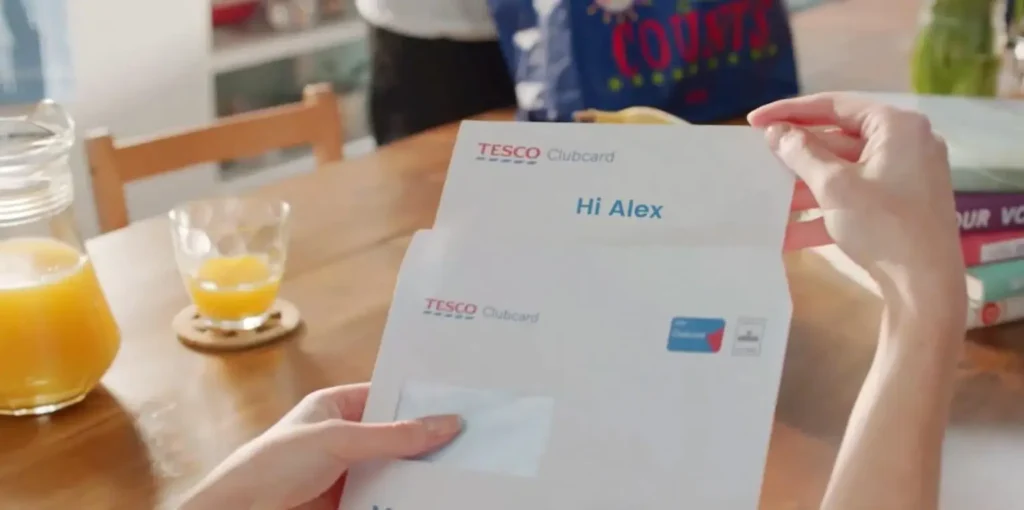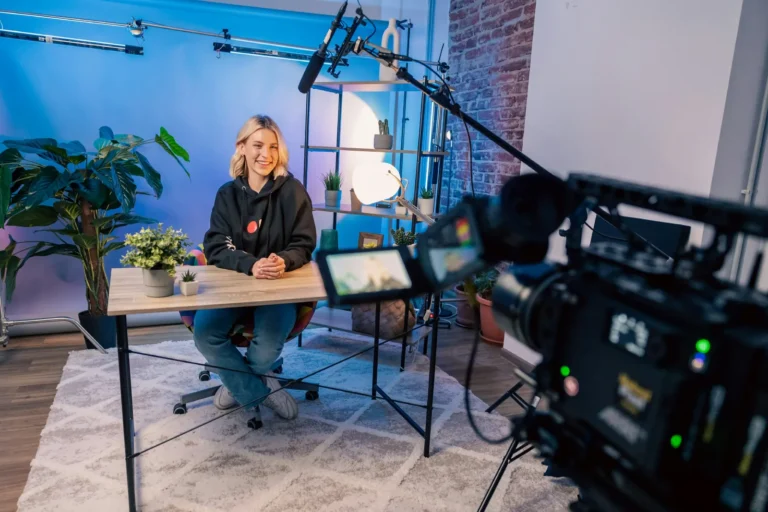The demand for personalization shows no signs of slowing down. According to Deloitte, the number of brands incorporating personalization as a core experience strategy has gone up by 50% since 2022.
But personalization isn’t just growing — it’s evolving. We’re seeing noticeable differences in how personalization is delivered and expected in 2025. Think about AI’s expanding capabilities, the saturation of loyalty programs and other shifts to the digital marketing landscape. All of these will alter the way brands approach personalization, especially as consumers increasingly demand relevant experiences, 1:1 support and programs that provide real value.
Brands that get it right stand to benefit. A Medallia report found that 82% of customers say personalization directly drives brand choice. Moreover, those who rated their experience as “very personalized” reported a near-perfect score of 9.4 out of 10 in overall satisfaction. In contrast, those who didn’t feel the same level of personalization rated satisfaction at just 6.5.
So what does a personalized customer experience look like? What innovations are brands bringing to the table? To stay ahead of the curve, we’ve rounded up 3 key trends in personalized marketing that your brand should be paying attention to today.
1. Innovating With AI
The world of artificial intelligence and machine learning is opening up tons of new opportunities for personalization along the customer journey. Brands like Amazon, Netflix and TikTok are leading the way with personalized recommendations that show customers exactly what they want to see, creating a user experience that stands out from the rest.
Automation is one key part of AI-driven personalization. This can look like an explainer video sent to your customers before questions even arise, a timely reminder before an upcoming deadline and more. All kinds of proactive, thoughtful touches are now possible because of AI’s quick ability to anticipate and respond to user behavior in real time.

Facial recognition technology is also gaining traction, and it doesn’t get much more personal than that. While this is the kind of personalization tech that consumers are (understandably) most wary of, there’s also potential for it to be useful. For instance, Deloitte suggests it could help alert staff when someone looks frustrated at self-checkout or help them instantly recognize VIP guests to give them a more personalized experience.
AI has also completely transformed the content creation process. Take our AI video creator, Lucas, for example. With just a link to a brand’s website, Lucas can automatically generate a video, even animating static images to bring them to life. Check it out below.
Powered by our Next Generation Video Platform, Lucas’ videos can even be personalized at scale. This means brands can now generate custom video content faster and more affordably than before — and tailor it to individual users based on key insights about who they are, what they need and where they are in their journey.
Fun fact: Lucas generates content through a method called retrieval augmented generation (RAG), meaning he’s trained on your company materials rather than external data sources. The result? Always accurate and on brand videos.
In short, AI is changing the game, driving hyper-personalized marketing at scale. Whether you’re using it to recommend the right products, optimize the in-store experience or deliver dynamic video content, AI makes personalization seamless.
2. Smarter, Proactive Customer Service
We can expect to see personalization play a bigger role in customer service, as well, with companies shifting from reactive responses to proactive support that’s timely, intuitive and, of course, personal.
Think about it. Most customer service experiences start with the customer making the first move, whether by reaching out with a question, request or complaint. But what if you could assist them before they even asked?
For instance, SDG&E wanted to help customers better understand their energy usage. They delivered dynamic videos filled with insights and practical tips on how to save money and energy. It wasn’t generic advice, either. The videos pulled in actual customer data, making each one uniquely relevant to the viewer.
This kind of hyper-personalized support builds trust and loyalty. Customers feel seen and understood, and that makes a big difference. Whether it’s a video that answers FAQs before they become a problem or a chatbot picks up a conversation where you left off last, smart personalization makes support faster and easier.
As expectations rise, companies will need to deliver experiences that are as individual as their customers. Personalization in customer service isn’t just a nice touch anymore — it’s becoming the standard. And tools like Next Generation Video can help brands provide support content that meets people where they are with what they need.
3. Adding a Personal Touch to Loyalty Programs
Loyalty isn’t what it used to be. The average U.S. consumer now belongs to more than 15 loyalty programs — a 10% increase from 2022 to 2024. That might sound like a good thing, but there’s a catch. More memberships mean more competition for consumers’ time, attention and energy. In many cases, brands are blending together, and customers are struggling to see the unique value any one program brings to the table.
Between churn in the banking space and lapsed players in the gaming industry, brands across industries have to step up their game if they want to keep their customers engaged. What’s the issue here? Oversaturation plays a role, sure. But more than that, people are craving relevance.
According to one survey, 80% of consumers say they like it when brands personalize their communications based on their interactions and status with their loyalty programs. In fact, customers who feel brands “know them” are more likely to purchase from and recommend that brand to others.
In other words, breaking through the noise requires standout personal touches. Make it easy for members to understand your loyalty program with a personalized explanation of how to access and use their benefits and rewards. Or remind customers of the value you bring with a year-in-review video, just as Navy Federal Credit Union did below.
Every video was relevant and insightful, recapping the total points the viewer earned over the year and special perks available with their points balance. The upshot? The marketing campaign reminded members of the value of their program and how to optimize it in the future.
More and more loyalty programs are evolving, moving away from generic, one-size-fits-all systems and embracing personalization as a key trend. Today’s most effective programs feel more like tailored relationships than transactions. And when done right, personalization doesn’t just boost engagement — it builds lasting loyalty.
Reminder: First-Party Data Is the Way Forward
You’ve probably heard it before, but it’s worth repeating: First-party data is no longer just a smart strategy — it’s the future of personalization.
Between ongoing privacy legislation and tech companies doubling down on user data protections, marketers can no longer rely on tracking tools of the past. Cookie consent pop-ups, personalized ad blockers and tighter controls around cross-site tracking have made it harder to access third-party data.
Post on
It’s not all bad, though. Most of us want more control over our personal information and we’re getting it. It’s just that customers are also still expecting tailored experiences. So how do you meet both expectations? By pivoting towards more intentional data.
Marketers are already beginning to adapt by leveraging first-party customer data — and this type of data collection will become even more popular this year.
First-party data is now key for brands to create more personalized, digital experiences for their customers. This can look like product preferences, shopping history and social media interaction to email addresses and device IDs, which are unique identifiers for each device connected to an internet connection.
It’s a welcome change for consumers, too. First-party data allows consumers to receive a personalized experience, without sacrificing their privacy. According to the State of Video Technology report, 76% of consumers trust companies to keep their data secure.
So how are brands implementing this new strategy? One solution is Interactive Videos. Instead of relying on static forms or gated content, let your audience customize their own experience.
Encourage prospects to share valuable data, even before you’ve spoken to them, with a video they can customize. Let viewers input their own data to get a custom quote, generate a personalized product and more in real time, further boosting conversion rates and other key metrics. It’s a win-win. They get something that actually speaks to their needs and you get meaningful insights that power even more relevant personalization.
Personalization Trends To Watch
As these trends are adopted by more companies and startups, it’s important to understand how you can use them in your own personalization strategy. From adding personal touches to your loyalty program to elevating your approach to customer service, there are plenty of ways to turn these trends into action.
And remember, the best experiences are both personal and visual. The latest research shows younger generations are driving the demand for videos that offer a level of advanced personalization — think interactive, contextual and even AI-generated videos tailored just for them.
Our Next Generation Video Platform makes it easy to meet your customers’ expectations, letting you create millions of dynamic videos in cinematic quality and in real time. Ready to revamp your marketing strategy? Schedule a 15-minute call to speak to one of our video experts.






